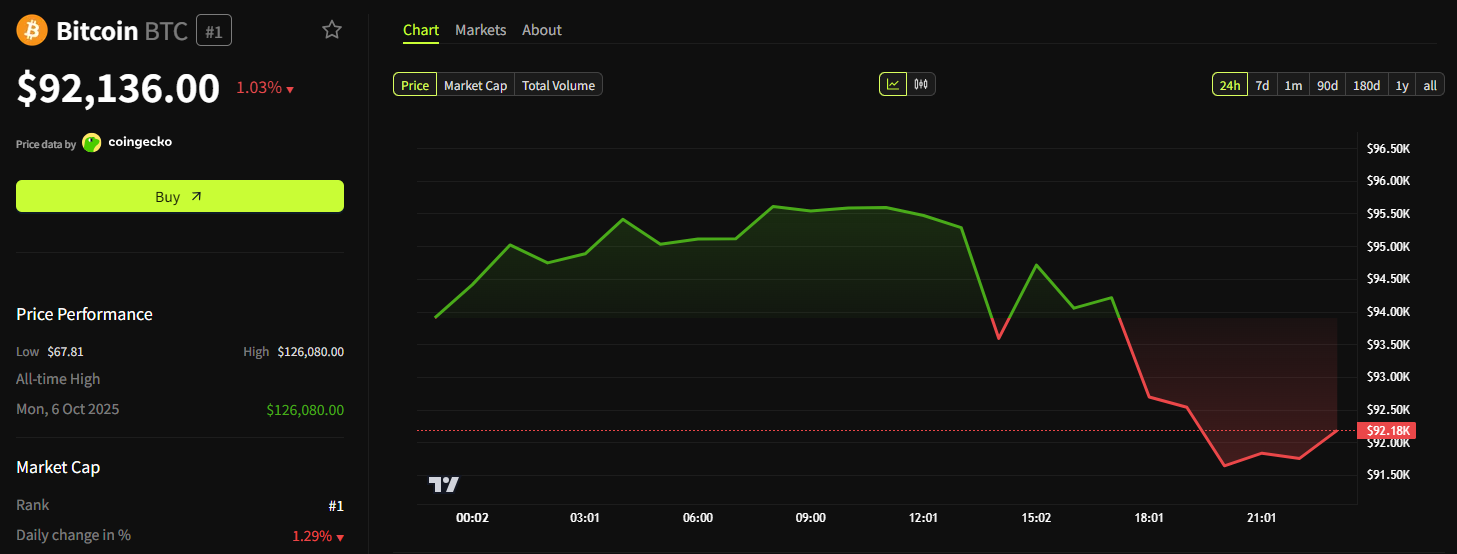Ethereum News Update: Institutions Eye Ethereum—Balancing Legal Challenges and Major Investor Accumulation
- Ethereum nears $3,400 amid rising institutional interest and whale accumulation, signaling potential rebound toward $4,000. - DeFi projects like Ethena and utility tokens RTX gain traction, highlighting Ethereum's role in capital-efficient infrastructure. - Legal uncertainties persist after MEV fraud trial ends in mistrial, exposing tensions between blockchain rules and traditional law. - Whale activity shows $1.37B ETH accumulation in November, contrasting with Bitcoin's weaker institutional demand. - A
Ethereum (ETH) seems to be entering a significant accumulation stage as it hovers around $3,400, with both analysts and market observers citing a resurgence of institutional involvement and increased whale activity as major drivers. This movement comes after a lengthy correction, and bullish investors are now anticipating a possible rally toward $4,000, fueled by growing DeFi liquidity and broader adoption of infrastructure, according to a
The Blockonomi analysis highlights that institutional strategies have played a pivotal role, with investors reallocating funds into Ethereum-linked assets that enable high-value decentralized finance (DeFi), staking, and scalability solutions. Initiatives such as

Nevertheless, Ethereum's path to recovery is challenged by ongoing legal and regulatory issues. A notable fraud case involving MIT alumni Anton and James Peraire-Bueno—accused of manipulating Ethereum’s validator layer to extract $25 million—resulted in a mistrial due to a hung jury, as reported by a
Despite market turbulence, whale behavior indicates sustained confidence in Ethereum’s future. Data shows that major holders have been accumulating ETH outside of exchanges, with more than 394,682
The emphasis on projects with real-world utility highlights Ethereum’s shifting position as a foundational liquidity source for long-term capital and institutional offerings, according to the Blockonomi analysis. While
Disclaimer: The content of this article solely reflects the author's opinion and does not represent the platform in any capacity. This article is not intended to serve as a reference for making investment decisions.
You may also like
Vitalik Buterin's Latest Advances in ZK Technology and Their Impact on the Crypto Ecosystem
- Vitalik Buterin's ZK advancements resolve Ethereum's scalability-privacy trilemma, enabling 43,000 TPS with near-zero fees via GKR protocol. - Kohaku framework introduces modular privacy tools like Railgun, making confidential transactions default for Ethereum wallets. - ZK rollups (zkSync, StarkNet) now hold $3.5B TVL, driven by institutional adoption for RWA tokenization and confidential settlements. - Regulatory clarity and Ethereum's zkEVM integration position ZK as core infrastructure, with 70% lowe

ZK Atlas Enhancement: Driving Blockchain Expansion and Enterprise Integration
- ZK Atlas Upgrade (2025) boosts blockchain scalability with 30,000 TPS and 70% lower gas costs via Airbender proof system. - Modular ZKsync OS reduces Ethereum fees by 90%, enabling $3.5B TVL growth in ZK rollups for DeFi and RWA tokenization. - U.S. GENIUS Act and EU MiCA regulation legitimize ZK privacy tech, attracting $15B in Bitcoin ETF investments for institutional adoption. - Despite regulatory scrutiny and interoperability challenges, ZK Atlas positions as foundational infrastructure for high-thro

Crypto Bloodbath: Bitcoin Loses $92K: Ethereum Slips $3K — Worst Drop in Months

Asia Morning Briefing: Even Prediction Markets Didn’t See Bitcoin’s Selloff Coming